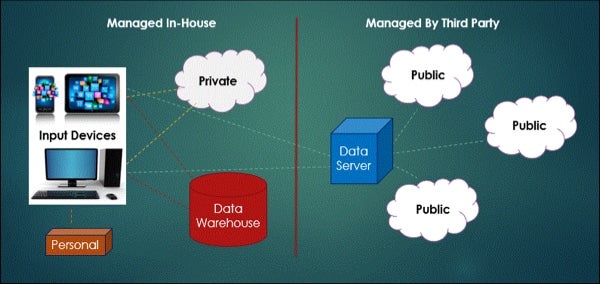European regulators have identified the 34-38GHz band and plan to harmonise it to make it suitable for 5G. And visible light comes in at a range of around 430THz to 770THz.
 Is 5g Technology And Millimeter Waves Safe Rf Page
Is 5g Technology And Millimeter Waves Safe Rf Page
While ATT won the 39GHz spectrum in May 2020 its still relying on its old 850MHz frequency band to offer low-band 5G to users.

What frequency does 5g use. 5G cellular networks are being deployed worldwide and offer substantially. Defining the 5G Spectrum Radio wave frequencies range anywhere from 3 kilohertz kHz up to 300 gigahertz GHz. The use of these legal frequencies means that data transfer solutions can be designed developed and deployed at a lower cost and are an accessible means of creating local area networks.
5G can use a broader spectrum of RF waves than 4G which gives it the ability to provide higher. The frequency bands for 5G networks come in two sets. Verizon uses several spectrum bands for its 5G offerings.
The average 5G speed of ATT is currently 593Mbps. Frequency range 1 is from 450 MHz to 6 GHz. What frequency does 5G use.
The average 5G speed of ATT is currently 593Mbps. 4G uses frequencies below 6 GHz while some 5G networks use higher frequencies like around 30 GHz or more. Ad Achieve Quick Faster Turnaround Times for Your 5G Data Needs.
Some 5G networks use the 25-39 GHz frequency band but there are also two other frequencies available. Frequency range 2 is from 2425 GHz to 526 GHz. The 5GHz ISM band has been largely appropriated for wireless communication with a range of applications reliant on data transfer at this frequency.
5G is a little higher at 34GHz to 36GHz but thats tiny when you consider that microwaves go up to 300GHz. The radio spectrum is broken up into bands each with unique features as you move up into higher frequencies. Spectrum is the range of electromagnetic frequencies that are used to transmit data through the air.
This is the main band currently being used for 5G with the UKs networks making heavy use of the 34GHz band and Three additionally using spectrum in the 36-4GHz band. In the US one carrier Sprint is already offering mid band 5G using 25GHz frequencies while in foreign countries mid band 5G generally uses similar 35-37GHz frequencies. 57 rows First there is Frequency Range 1 FR1 that includes sub-6 GHz frequency.
However 5G applications will require unlocking of new spectrum bands in higher frequency ranges above 6 GHz to 100 GHz and beyond utilizing sub-millimeter and millimeter waves to allow ultra-high rates of data to be transmitted in the same amount of time as compared with previous deployments of microwave radiation. Every portion of the spectrum has a range of frequencies called a band that go by a specific name. Like any wireless transmission system 5G the fifth generation mobile communication network also require to use frequency spectrum to transmit data.
Ad Achieve Quick Faster Turnaround Times for Your 5G Data Needs. This is considerably higher than 4G networks which use about 700 MHz-2500 MHz frequency to transfer information. 5G Ultra Wideband Verizons millimeter wavelength mmWave-based 5G operates at frequencies of about 28 GHz and 39GHz.
To share frequencies used by. It will be the main frequency band for the launch of 5G. In order to support higher bandwidth 5G require high frequency range of sub 6 GHz and millimeter waves.













